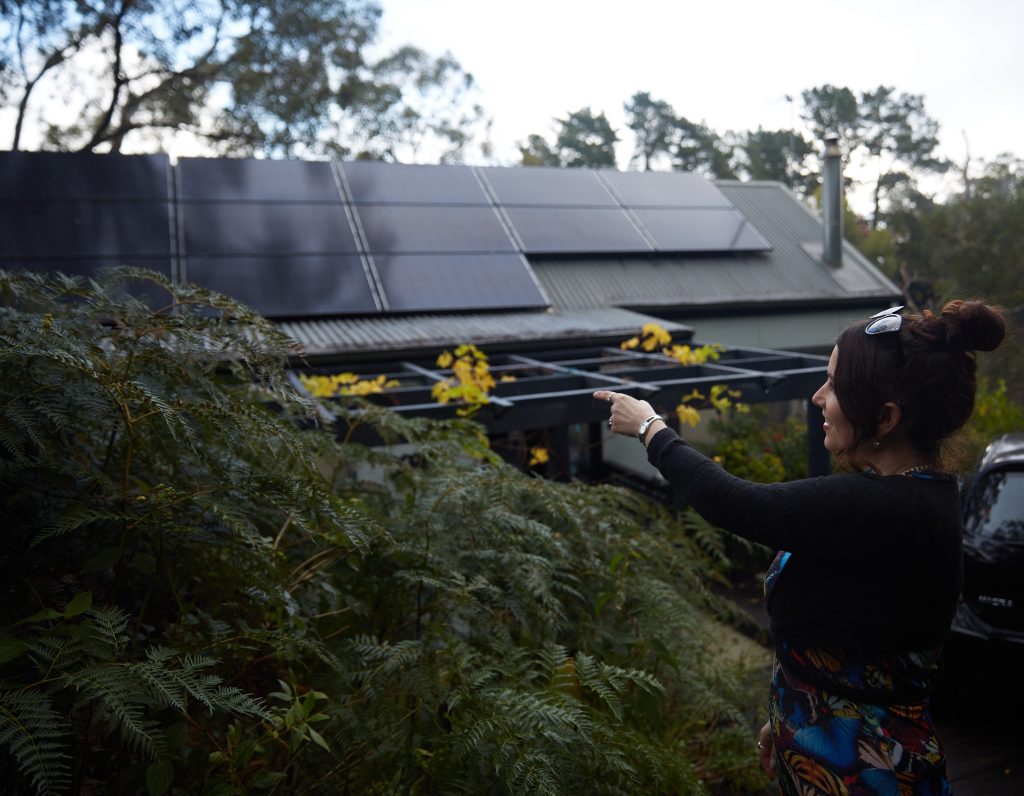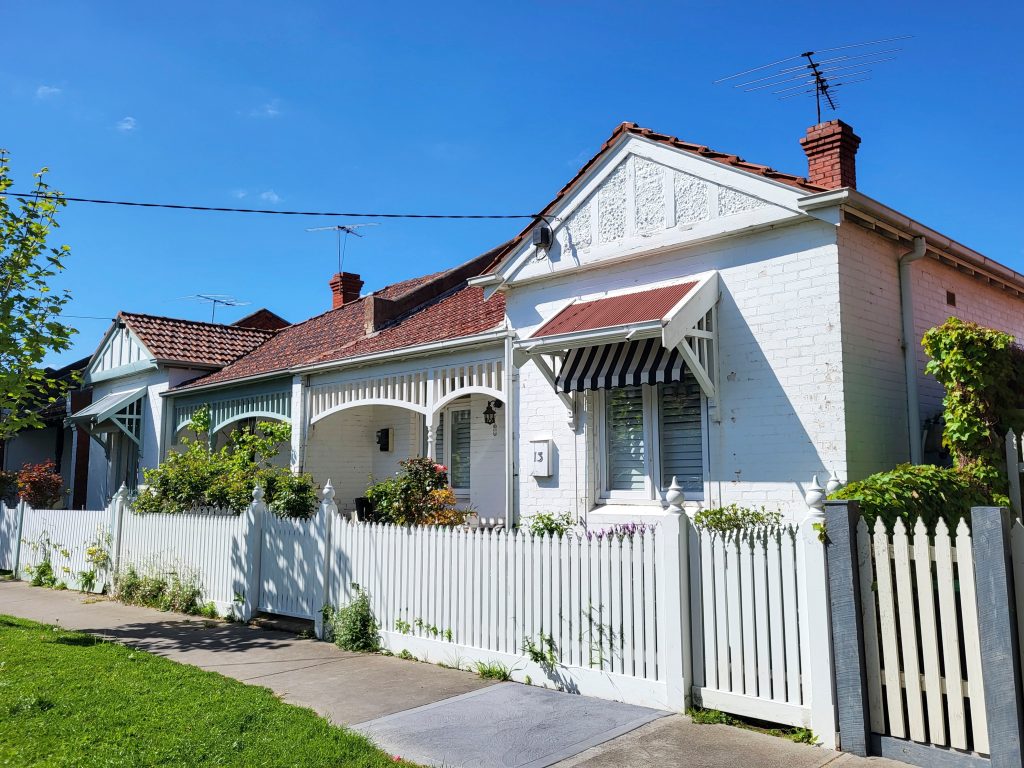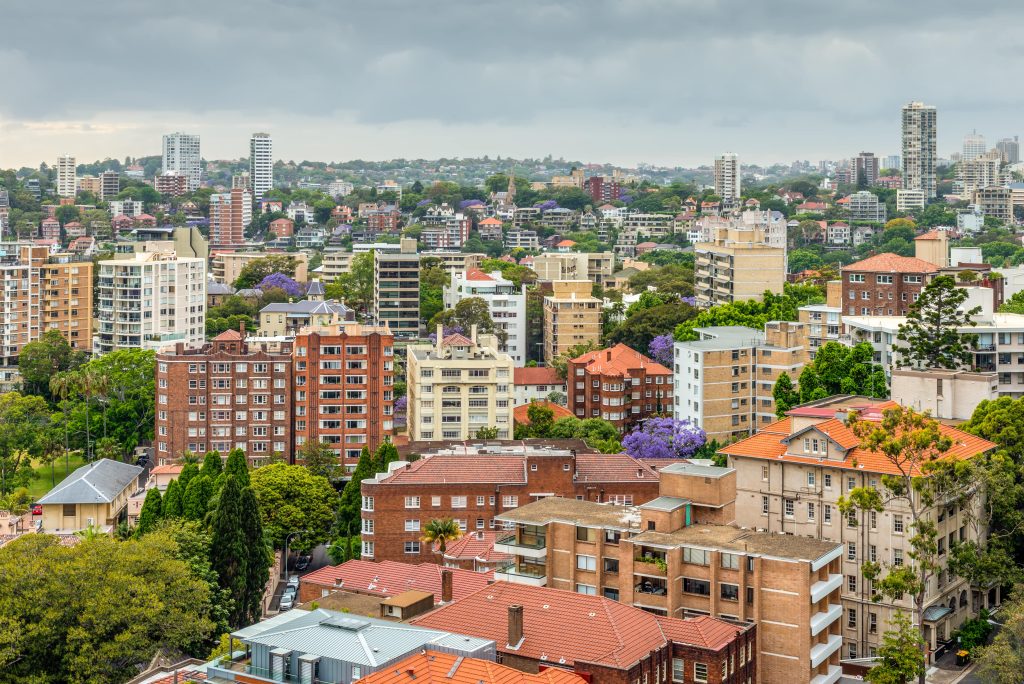Chief Investigators
Dr Baran Yildiz (UNSW)
Purpose of project
Australia is the global leader in per capita rooftop distributed photovoltaic systems (D-PV) installation, with penetration exceeding 40% of homes in QLD and SA, 25% in NSW and almost one in every five homes in Victoria. Despite clear advantages, high levels of D-PV integration have also brought challenges. In low voltage (LV) networks, increasing D-PV exports can cause over-voltage problems especially in high-penetration regions and rural parts of the network and towards the end of the feeders.
Currently, inverter power quality response based solutions to manage over-voltage issues can curtail PV power, causing loss of generation and reducing customer revenue. A simpler, yet more effective solution, is to increase self-consumption rates of D-PV, for instance, using domestic electric water heating systems (DEWH) to soak up excess generation in the middle of the day.
Most DEWHs have 3.6-4.8 kW rated power, which could contribute significantly to network demand. DEWH storage tanks offer large thermal storage capacity and can store excess PV generation in thermal energy form, reducing the day-time exports. This solution has the added advantages of reducing power bills for consumers by using low-cost solar energy rather than importing grid energy at peak times and mitigating the issues of minimum operational demand which threaten the energy-system reliability.
Considering household batteries are yet to become economically viable, and majority of households across Australia already have DEWH (~52%), utilizing the storage capacity of DEWH could play an important role in the adoption and integration of D-PV by acting as a ‘thermal battery’.
This is being investigated by SolarShift, a two-year RACE for 2030 project led by the School of Photovoltaics & Renewable Energy Engineering at the University of New South Wales (UNSW).
The project team will explore the optimal ways to control and orchestrate the operations of 2,850 DEWHs at Endeavour Energy’s Off-Peak+ Trial in Albion Park, NSW, using smart meters to soak up excess solar PV generation in the middle of the day. The team will conduct research to understand the potential for financial savings, GHG emission reductions and network operational benefits that can be achieved through shifting aggregated DEWH demand to peak excess solar generation periods.
The team will also investigate optimal ways to allocate the potential benefits equitably amongst different stakeholders – energy users/households, networks and retailers/aggregators. One of the research outputs will be an online user-interface to allow households to assess the most optimal DEWH technology and tariff options for their specific PV generation and consumption profiles.
The results of this timely project will also inform important rule and decision-making processes regarding the future of distributed energy resources, demand response and storage technologies as highlighted by Australian Market Commission’s (AEMC) CEO.
Impact of project
The project outcomes are expected to become an important complementary strategy for improving low voltage network hosting capacity and helping with the minimum demand challenges. Understanding the capabilities of coordinated excess D-PV utilization on DEWH will provide important insights for the scalability of such strategies to the other parts of the networks.
The effective integration of D-PV has been estimated to reduce the net present value (NPV) of wholesale resource costs by nearly $4 billion. According to the findings of previous research, it is estimated that around 940 GWh of annual water heating load can be provided by excess D-PV, saving up to 0.8 million tonnes of CO2 per year. If 3 kWh of daily hot-water load (~50% of daily water heating energy for an average household) shifting is achievable for every household in the trial (2,850 households), the total amount of shifted load across the sample is around 3.12 GWh per annum.
Another longer-term impact of this research will be through knowledge sharing of research outputs with the key network and regulatory stakeholders, which can help to facilitate the implementation of similar strategies in other parts of Australia.
Furthermore, the project is an active participant of International Energy Agency (IEA) Solar Heating and Cooling Program through Smart Water Heating task. This participation will enable the project to learn from the international perspective and share the outputs with a broader international community of industry and research.
Project partners – industry and research
UNSW (Lead), Ausgrid, Endeavour Energy, Energy Smart Water (sub-contract), International Energy Agency’s Solar Heating and Cooling Program under its subtask of Smart Water Heating, NSW DCCEEW, Solar Analytics
Webinar
Published Report
Status
- Completed
Project Leaders
- Baran Yildiz, UNSW
Resources
Completion Date
February 2025
Project Code
0154







